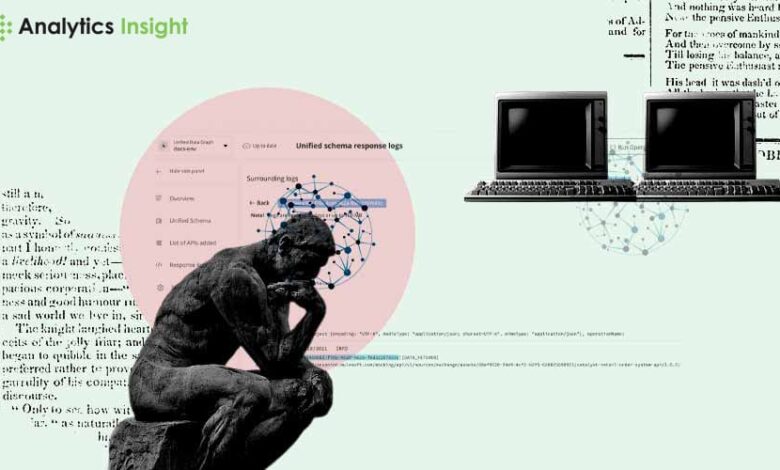Rise of Rust in Data Science: Unlocking New Possibilities


Rise of Rust in Data Science: Unlocking New Possibilities In the Year 2024
In the realm of data science, where Python and R have long been reigning champions, a new contender is rising to prominence: Rust. Known for its performance, safety, and concurrency, Rust is gaining traction among data scientists and developers alike for its potential to unlock new possibilities in data analysis and machine learning. In this article, we delve into the rise of Rust in data science and explore the opportunities it brings to the table.
1. The Appeal of Rust in Data Science:
Rust’s appeal lies in its unique combination of performance and safety. Unlike Python, which is interpreted and dynamically typed, Rust offers the speed of compiled languages like C and C++ while providing memory safety and thread safety guarantees. This makes Rust particularly attractive for data-intensive applications where performance is critical.
2. Rust for High-Performance Computing:
One of Rust’s primary strengths is its ability to handle high-performance computing tasks with ease. Its zero-cost abstractions and powerful type system enable developers to write efficient, parallelized code without sacrificing safety. This makes Rust well-suited for tasks such as data preprocessing, numerical computing, and algorithm optimization in data science workflows.
3. Building Scalable and Reliable Systems:
Rust’s emphasis on reliability and concurrency makes it an excellent choice for building scalable and reliable data science systems. Its ownership model and strict compiler checks help prevent common bugs and security vulnerabilities, while its lightweight threads and async/await syntax enable developers to write highly concurrent and responsive applications.
4. Rust for Machine Learning:
While Python remains the dominant language for machine learning due to its extensive ecosystem of libraries and frameworks, Rust is making inroads in this space as well. Projects like rusty-machine and tangram are showcasing Rust’s potential for building efficient and scalable machine-learning models. Additionally, Rust’s interoperability with Python via tools like PyO3 and RustPython enables developers to leverage Rust’s performance advantages within existing Python workflows.
5. Overcoming Challenges and Adoption Barriers:
Despite its promise, Rust still faces challenges and adoption barriers in the field of data science. Its learning curve, relative immaturity of data science libraries, and lack of community support compared to Python are significant hurdles to overcome. However, as Rust continues to evolve and gain traction, these challenges are likely to diminish over time.
In conclusion, the rise of Rust in data science represents an exciting development with the potential to unlock new possibilities and push the boundaries of what’s possible in data analysis and machine learning. While challenges remain, Rust’s performance, safety, and concurrency make it a compelling choice for data scientists and developers looking to build scalable, reliable, and efficient data science systems. As the Rust ecosystem continues to grow and mature, we can expect to see even greater adoption and innovation in the field of data science.



